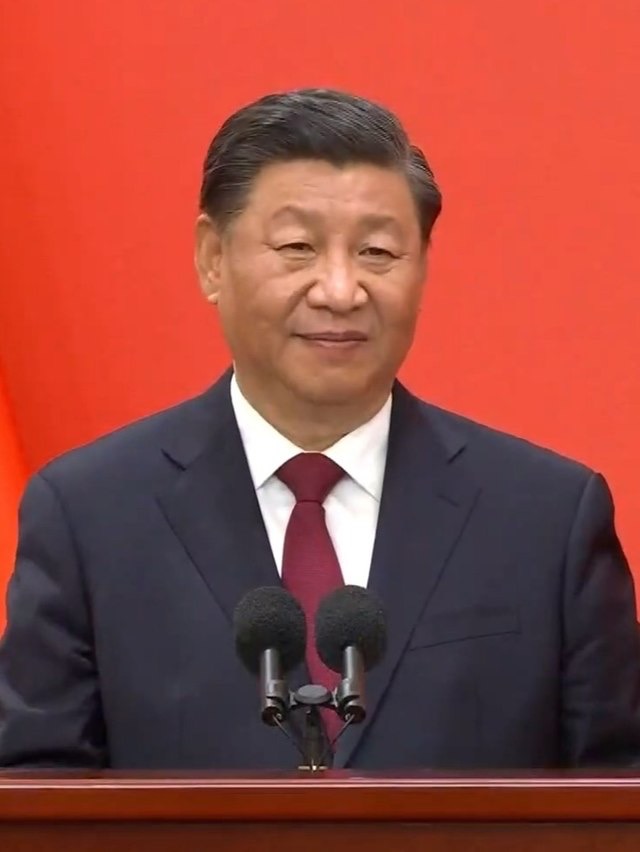In a powerful and politically charged statement, China has sent a clear message to the world: any country that partners with the United States in trade deals that compromise Beijing’s interests will face consequences. This stark warning comes as the U.S. imposes its most aggressive tariff measures yet, sparking fears of a new global trade cold war.
China’s message, delivered via its Ministry of Commerce, isn’t just about defending its economy—it’s about redrawing the rules of global trade, challenging alliances, and warning partners that choosing sides comes at a cost.
What Prompted the Warning?
The flashpoint? A dramatic escalation in tariffs by the U.S. against Chinese imports, including critical industries like steel, electric vehicles, and solar technology. The Biden administration’s move, meant to protect American industries and outpace China’s manufacturing dominance, triggered an immediate and fierce response from Beijing.
China sees this not just as economic aggression—but as an orchestrated effort to isolate its economy.
China’s Official Statement and Its Message
In an official statement, the Chinese Ministry of Commerce stated:
“China firmly opposes any party reaching a deal at the expense of China’s interests. If any country aligns with these hostile U.S. policies, we will respond with equal strength and resolve.”
The subtext is clear: Beijing is drawing a red line in the global sand.
This language represents a shift from China’s usually measured tone. It is no longer merely reacting—it’s warning and preparing to act preemptively.
What Does This Mean for U.S. Allies?
Countries like Japan, South Korea, Australia, and even parts of the EU are caught in a bind. Aligning too closely with the U.S. on trade could now mean a loss of access to China’s vast markets—something most economies can’t afford to risk.
With the U.S. urging its allies to form a “united front” on fair trade, the risk is growing that trade cooperation will turn into economic confrontation.
Possible Chinese Retaliation Measures
China’s playbook could include:
- Tariffs on imports from cooperating nations
- Restrictions on rare earth exports
- Blacklisting of foreign companies seen as hostile
- Delays in licensing and permits for foreign businesses in China
- Boosting rival trade alliances like BRICS and RCEP
These tactics have been used before—and with powerful effect.
China’s Long-Term Trade Strategy
China isn’t just fighting back—it’s pivoting. With the Belt and Road Initiative expanding across Asia, Africa, and Latin America, China is actively building new markets and reducing dependence on Western economies.
Additionally, trade deals with Russia, the Middle East, and ASEAN nations are becoming the new pillars of Chinese commerce.
Reactions from the Global Community
So far, reactions are mixed:
- Europe is urging calm, wary of being caught between superpowers.
- Japan and South Korea are boosting U.S. ties but keeping diplomatic channels open with Beijing.
- Developing nations are increasingly drawn to China’s no-strings-attached investments, despite Western pressure.
The global chessboard is being rearranged.
Impact on Global Trade and Markets
Markets have already responded with volatility. Asian stock indices dipped, while safe-haven assets like gold saw gains. Tech and logistics stocks—especially those reliant on Chinese manufacturing—are bracing for impact.
If this escalates, we could see:
- Higher consumer prices globally
- Slower supply chain recoveries
- A chilling effect on global investment



